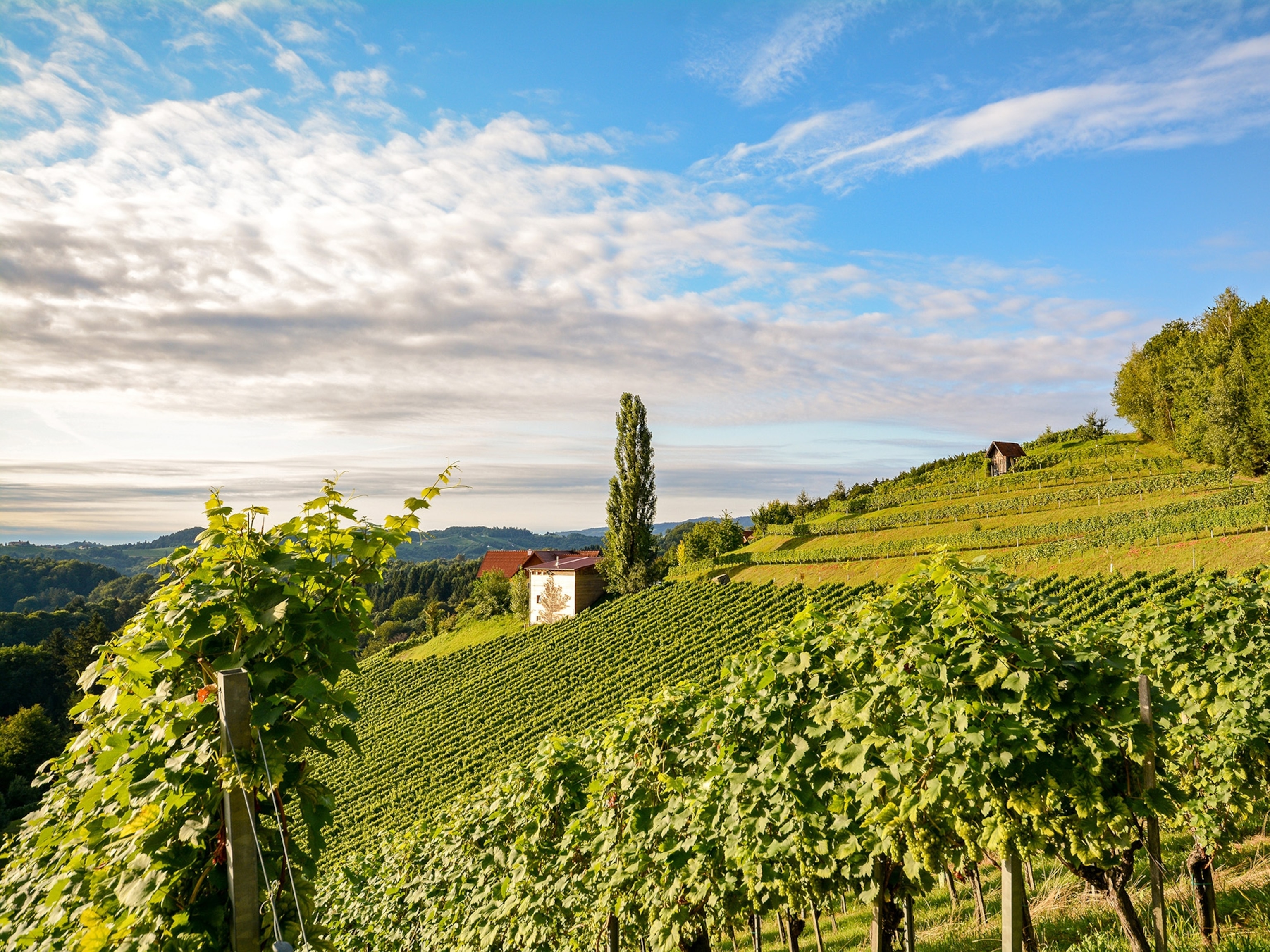
Everything to Know About Quito
Ecuador's capital fuses indigenous and Spanish influences and brims with colonial treasures.
Quito's setting at the center of the planet has created a fascinating crossroads where Quechua women in bowler hats and woven shawls rub shoulders with smart-suited politicians, fourth-generation artisans, and shamanic healers. Perhaps it's the thin air, but the capital manages to blend a pulsating nightlife and vibrant culinary scene while also oozing a laid-back Andean pace.
When to Go
Quiteños like to say that there are often four seasons in one day, as spring-like misty mornings give way to summery afternoons, crisp evenings, and wintery nights. June to September tends to have less rain and warmer, clearer days. October to May is slightly cooler and wetter, but there are often fewer crowds and lower prices.
Celebrate
Quito's biggest and most colorful event is the Fiestas de Quito, when the city erupts into a week-long party. The event commemorates the founding of the city by the Spanish and kicks off in late November with the crowning of the Queen of Quito before culminating on December 6. In the days in between, many of Quito's 1.7 million residents flood the streets and squares to dance, drink, and parade in open-topped buses. Live bands on outdoor stages, bullfighting in the Plaza de Toros, and carnival-like games round out the festivities.
What to Eat
You'll find Quito's best traditional eateries in the city's compact 16th-century Centro Histórico (Old Town). Seco de chivo (braised goat stew) and patacones (plantain fritters) are Ecuadorean classics. Quesadillas quiteñas (quesadillas from Quito), which are filled with queso dulce and are much more like a pastry than a Mexican quesadilla, are a local favorite and dipped in hot chocolate. Adventurous eaters should brave the cuy asado (roasted guinea pig), an Incan-era specialty still spit-cooked at outdoor markets.
Souvenir to Take Home
Long associated with Teddy Roosevelt and the Canal workers of the early 1900s, "Panama hats" actually come from Ecuador. Today, some of the country's best hat-makers have studios in Quito—among them Homero Ortega. Hungry? Step into República del Cacao or the Pacari factory to learn about, taste, and buy one of Ecuador's most famous (and delicious) exports: chocolate.
- National Geographic Expeditions
Sustainable Travel Tip
Construction is currently underway on the underground Quito Metro (scheduled completion: July, 2019), but the best way to experience the city's compact Old Town is on foot. Looking for some free-wheeling fun? On Sundays from 8 a.m. to 2 p.m., the entire Avenida Amazonas and most of the Old Town is closed to cars, as hundreds of cyclists pedal an 18-mile stretch that goes through Quito's Old Town into its southern reaches.
Instagram-Worthy View
Take in the grandeur of the Old Town's pastel-colored colonial buildings and ring of volcanoes by climbing the central tower of the Notre Dame-inspired Basílica del Voto Nacional.





